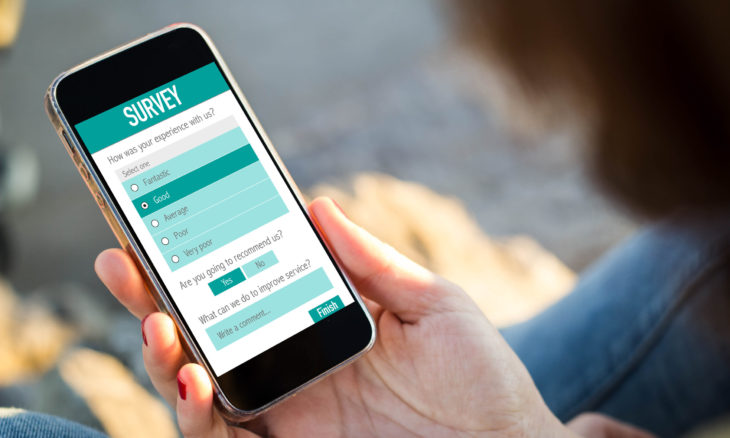First-party data is great, but zero-party data “ZPD” is where it’s at — or so some portion of the digital marketing community would have you believe. Others are quick to point out the emperor’s bare backside. We’ll dive into the debate — and what it means for B2B marketers, but first, a few
definitions.
What is Zero-Party Data? What is First Party Data?
Zero-party data is being defined as data that a consumer shares with a marketer willingly and not just in exchange for, say, access to content, a special offer, or a discount code. The latter are examples of first-party data, as when you give your email address to LeashBoss in exchange for a discount on your first order. (My dogs and my family love LeashBoss!)
If you complete a profile — and I’m not entirely sure that LeashBoss offers this — that includes information about the pets you have, how much they weigh, and so on, you’re not getting anything directly in exchange for that. You’re simply hoping that the offers and information you receive will be more useful to you if LeashBoss has more info. That’s zero-party data.
Does the Distinction Matter to Marketers?
So are the two really any different? And is the idea really new? Maybe and not. The idea of differentiating these two kinds of data collection has been around for at least a few years, apparently having been conceived by Forrester in 2018.
Whether or not there really is an appreciable difference between first- and zero-party data is debatable, but the conversation surrounding them is most definitely worthwhile. The ability to gather zero-party data indicates that you’ve gained trust with your audience and have begun to build a relationship. It also clearly implies that your message resonates with your target audience and you are focused on issues they care about. These are positive developments for any marketing effort.
Most critically, successes like these can lead you into a virtuous circle, as the information you gather helps you target your audience even more precisely, which will help you keep them engaged, which will help you hone in even further on their interests …
So, whether you’re buying this as the latest new buzzword trend or think it’s just another veritable marketing truth tied up in a new bow, it’s clear that gathering more data like this is desirable. The question then is, how do we do it?
Certainly, the ask for more information can’t be gratuitous. Asking my firm’s prospects their height, weight, or hair color would make absolutely no sense given that we sell digital marketing services. In fact, it would be downright creepy.
Asking them for information about their own target audiences can help us tailor the content we provide to them. However, it really pays to connect the dots when you make your ask. The more obvious how answering your question benefits your prospect, the more likely she’ll be to answer.
For example, we might include language like this when we ask for users’ industry focus or company size in a discussion about social media marketing:
Social media strategy will vary depending on the industry to which you are marketing. Tell us a bit more about your target audience and we will tailor our content with your goals in mind.
You’ll find differing opinions out there on whether a direct ask like this blurs the line between first-party and zero-party data, though I doubt there will be any practical difference either way. As long as you are gaining insights into what interests your audience and are able to use that to serve them better (and market to them more effectively), you are gathering useful data, no matter what label, old or new, you put on it.





